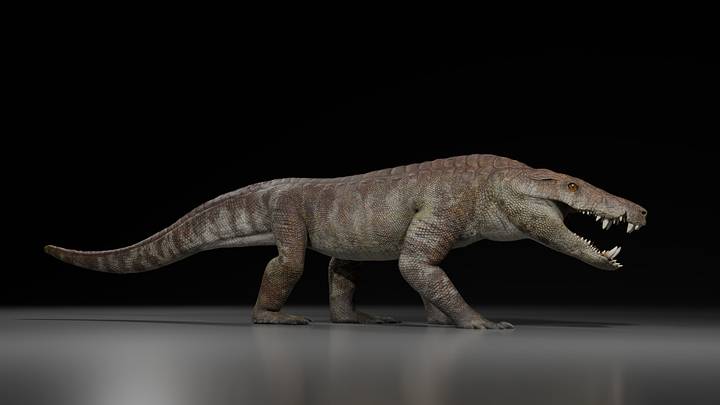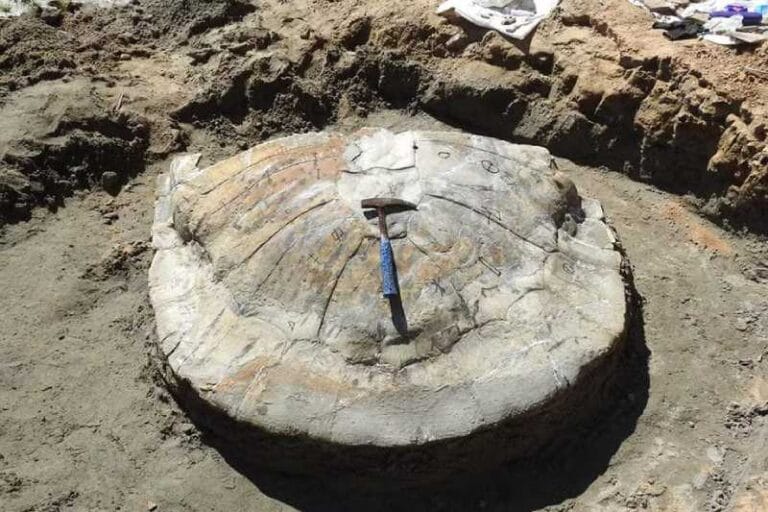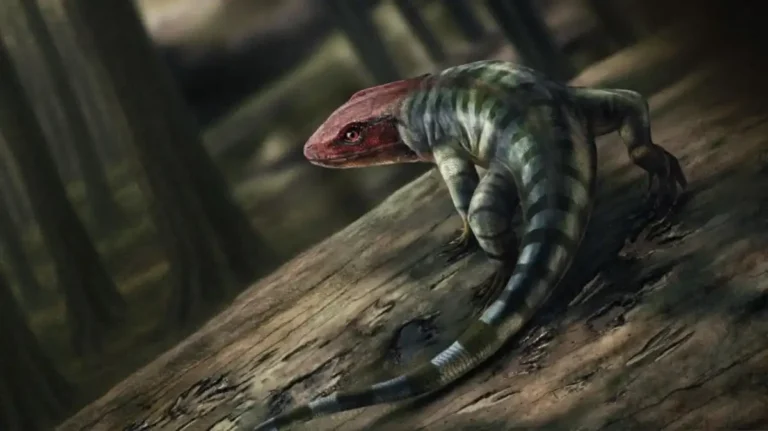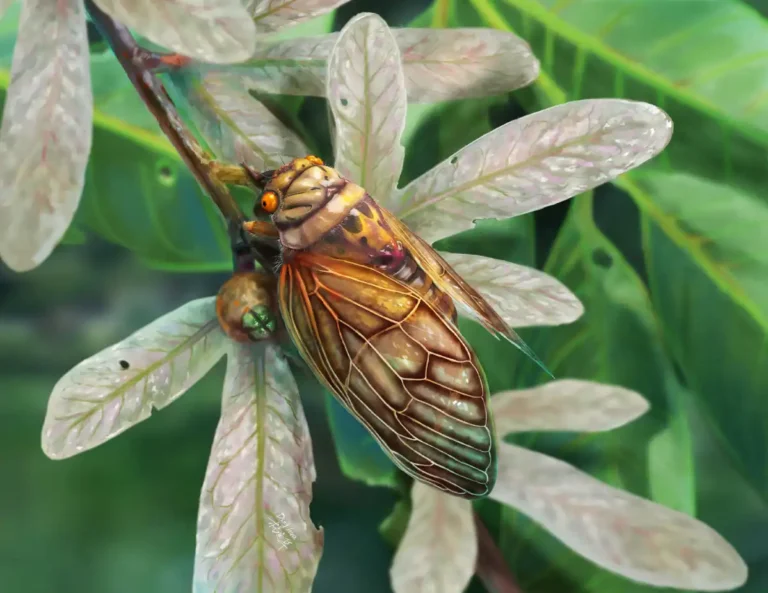13,600-year-old mastodon skull unearthed in Iowa
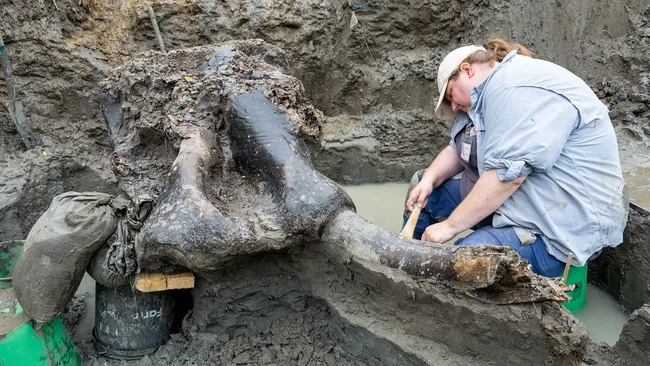
Archaeologists made a significant discovery in Iowa by excavating the first well-preserved mastodon bones ever found in the state, including the skull of this prehistoric animal.
The team unearthed the skull, which is approximately 13,600 years old, from a creek in Wayne County, in the southern part of the state. This find, the first of its kind in the region, was preceded by a discovery made two years ago when local residents found a very long bone, later identified as a mastodon femur.
This initial discovery sparked the interest of archaeologists, leading them to conduct further excavations in hopes of finding more parts of the animal. This effort was rewarded with the discovery of a massive skull, still attached to a tusk, and other bones likely belonging to the same mastodon.
The researchers are now focused on investigating whether the mastodon was killed by humans or if there was any human interference with the carcass.
“We’re really hoping to find evidence of human interaction with this creature — perhaps the projectile points and knives that were used to kill the animal and do initial butchering,” said John Doershuk, director and state archaeologist at the University of Iowa, who participated in the excavations. Mastodons, belonging to the species Mammut americanum, were large, extinct mammals related to elephants and mammoths, which roamed North America from 3.5 million to 13,000 years ago.
These animals disappeared shortly before the end of the last ice age, around 11,700 years ago, likely due to global warming and human predation.
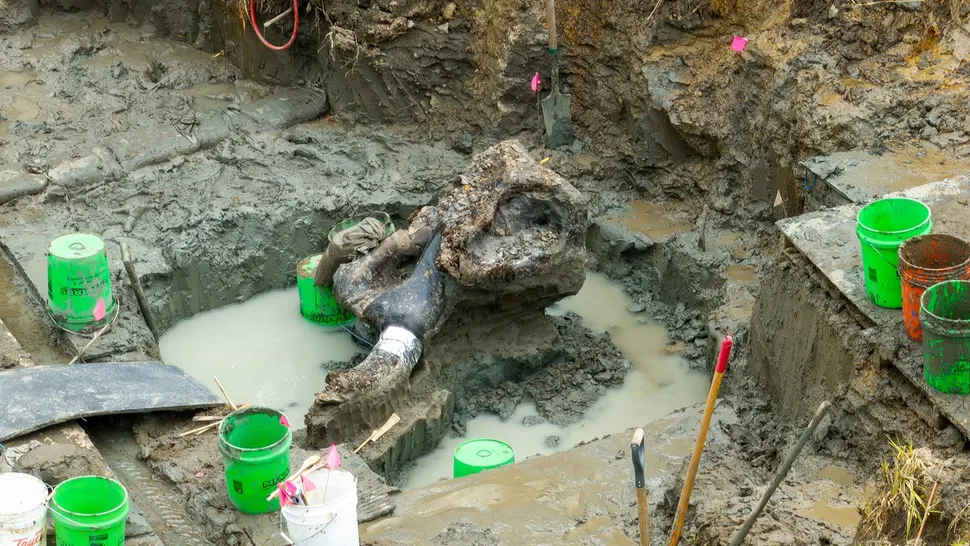
Although mastodons were smaller than woolly mammoths, they still weighed around six tons. The research team used radiocarbon dating to determine the age of the skull, and the results indicate that the animal lived at the same time as some of the first human inhabitants of the region.
Additionally, stone tools found at the site support the hypothesis that humans may have interacted with the mastodon. Although the tools are a few thousand years younger than the skull, this discovery confirms that humans occupied the creek site.
“There’s also potential evidence on the bones themselves,” Doershuk said, adding that “there could be identifiable cut marks.” Further investigations are underway to determine whether humans deposited the mastodon bones in the creek. Once the research is complete, the remains will be handed over to the Prairie Trails Museum in Corydon, Iowa, for a new exhibit showcasing this important discovery.

